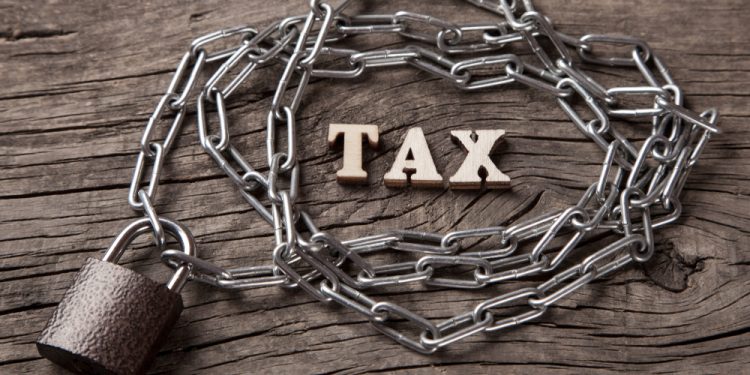Nine out of 10 employers claim employees don’t understand the tax rules when withdrawing money from their pension.
This employer survey was conducted by Wealth at work, which provides guidance and advice in the workplace.
It points out that these fears by employers are borne out by figures published by the Office of Budget Responsibility last year. The OBR stated that the Treasury will net an extra £400m as a result of people paying tax on pension withdrawals – 50 per cent higher than forecast.
This survey comes as figures from Hargreaves Lansdown show that cash withdrawals from drawdown pension funds spike in March and April each year.
An analysis show that the average income taken from a drawdown fund increased 28 per cent in March and 40 per cent in April, as people look to maximise withdrawals before the end of the tax year.
A recent report by the Pensions Policy Institute also showed than pension savers – including employees – could end up paying 200 times more tax, depending on how they access their retirement income.
Typically the first 25 per cent withdrawn from a pension is tax free, with the remaining 75 per cent taxed as earned income. As a result these withdrawals can potentially push employees into higher tax brackets.
Wealth at work director, Jonathan Watts-Lay says: “It is important that people take the time to understand the tax rules when withdrawing money from their pension.”
He says while guidance was available from government services – like the new Money and Pensions Service – there was a need for employers to offer assistance to staff. This can include guidance and more tailored advice services, which would cover tax-planning issues.
He adds: “After all, it is becoming increasingly recognised that as many people spend all of their working life saving for retirement, they need help understanding how to make the most of their retirement income options.”





